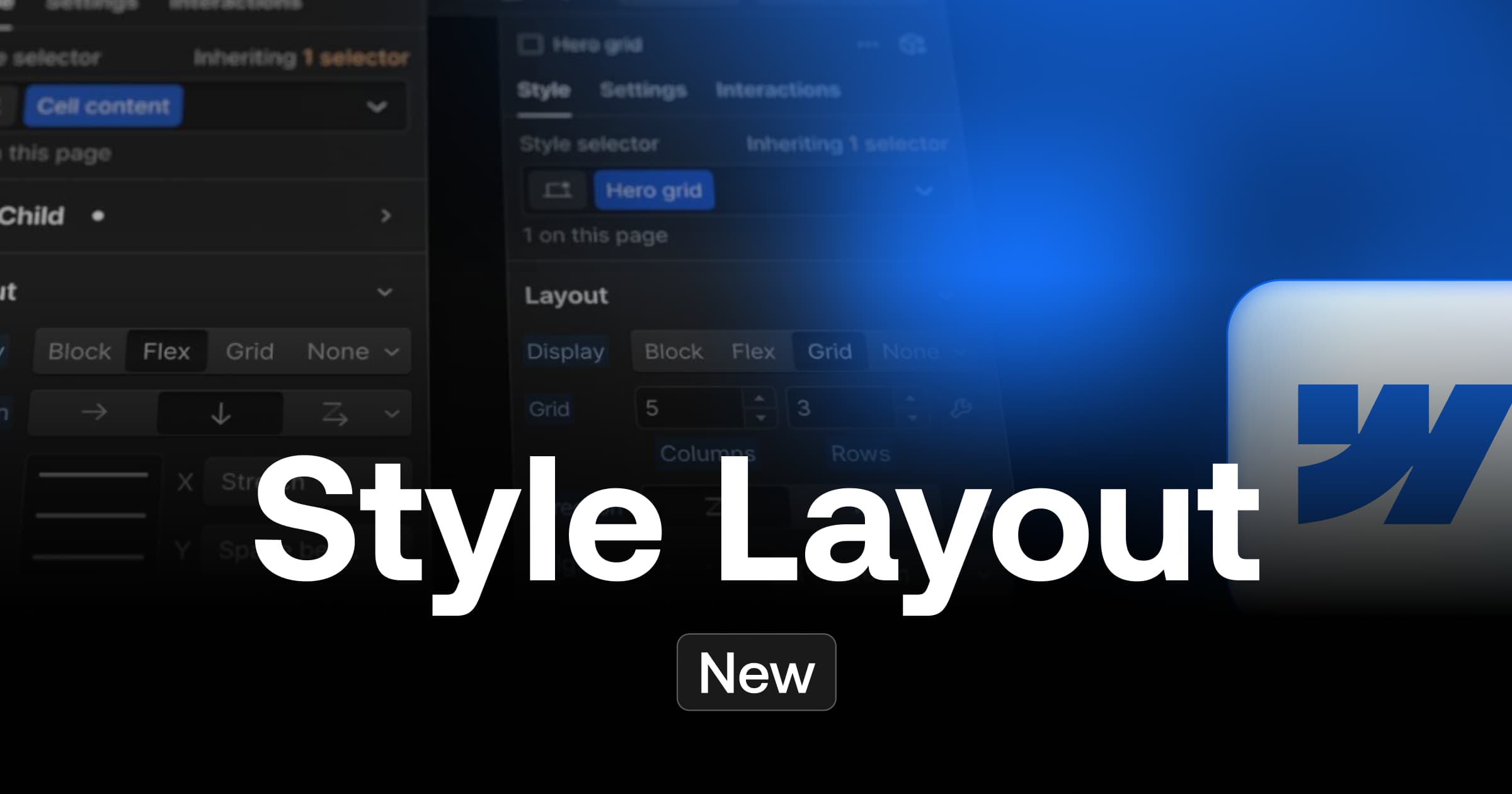In a world where online presence has become crucial, the market of website and application creation "for everyone" is booming! But what about Webflow?
Introduction: The burgeoning market for website creation tools
In 2021, it was estimated that content management systems (CMS) were used to create about 60% to 65% of websites worldwide. This proportion may have increased slightly since then, due to the growing popularity of no-code and low-code tools and the rise of CMS such as WordPress, Joomla, Drupal, Webflow and others(See market share by CMS in 2022 in detail in this article)
No-code and low-code tools are therefore gaining in popularity. But among these tools, Webflow stands out for its promise:
"The ability to create powerful, secure and fully customizable websites without the need for programming skills (HTML, CSS or well JavaScript code)"
However, is it really a no-code tool, or does it lean more towards low-code? In this article, we will present our opinion on Webflow to answer this question.
Definition of a no-code tool
A no-code tool is a software solution or platform designed to make it easy to create applications, websites, and other digital projects without requiring programming knowledge. These tools rely on intuitive, user-friendly interfaces, such as drag-and-drop functionality, pre-built templates, and customizable components, allowing users to design and adapt their projects without writing a single line of code. These platforms promote accessibility and speed of development for a wide range of users, including non-developers.
Definition of a low-code tool
Low-code tools, on the other hand, are platforms that also allow you to create digital projects without extensive coding skills, but offer the ability to add custom code to extend functionality. They are designed to be used by both developers and non-developers, offering a compromise between ease of use and customization.
Webflow: a tool between no-code and low-code?

Discover and test the Webflow? tool
Webflow is a website creation platform that presents itself as a no-code tool. It offers a drag-and-drop interface and a library of templates that allow users to create responsive and customizable websites without writing code. However, there is still some debate as to whether Webflow should be classified as a no-code or low-code tool. Or even a code writing interface...
Because to create a professional webflow site, you need to understand how the tool works (and therefore the code? 😉 )
How does Webflow work?
In fact, the Webflow development interface works as a visual HTML and CSS code editor.
Webflow is based on a WYSIWYG (What You See Is What You Get) visual interface that allows users to build websites by dragging and dropping elements on the page. When the user makes changes, Webflow automatically generates the corresponding HTML, CSS and JavaScript code. Users can also add custom code if they wish, providing flexibility.

Advantages and disadvantages of Webflow
Webflow has several advantages including:
- A user-friendly and intuitive interface
- The ability to create responsive websites
- No limits in design
- The ability to customize all the SEO parameters of a site
- A powerful CMS that can be easily edited by several members of a marketing team
- Access to a library of ready-to-use templates and components
However, some disadvantages can be noted:
- The learning curve can be steeper than other tools without code
- Advanced customization requires knowledge of HTML, CSS and JavaScript
Conclusion
In conclusion, Webflow is a powerful and versatile tool that lies somewhere between no-code and low-code. Although it offers a user-friendly interface to create websites without writing code, it is important to recognize that mastering Webflow requires an understanding of the fundamentals of web development, such as HTML, CSS and some JavaScript.
For those looking to create complex, fully customized websites, it is essential to consider this distinction and invest time in learning the necessary web development skills.
Resources to learn Webflow for free 👇
To deepen your knowledge of Webflow and improve your web development skills, here are three free resources to follow:
- Digidop Academy: an online learning platform offering courses and tutorials on Webflow and other web development topics such as Webdesign & Figma.
- Digidop 's YouTube channel: educational videos (tutorials in French) and demonstrations of projects made with Webflow to inspire you and help you progress.
- Blog from Digidop: articles and tips on using Webflow, web design trends and best practices to create optimized and attractive websites.
Ready to take your website to the next level?
Improve your online visibility thanks to Digidop's experience, excellence and reactivity!





.webp)
.webp)

